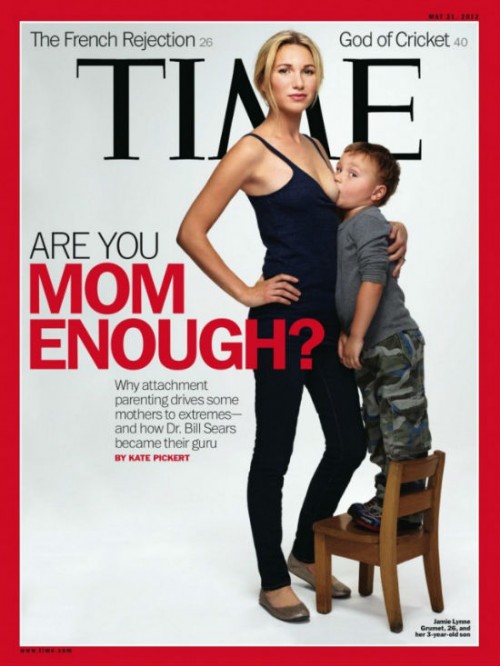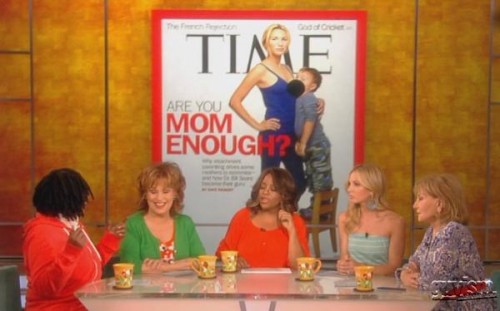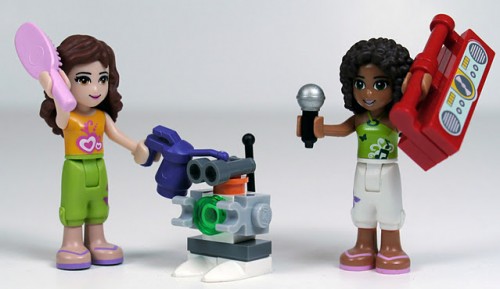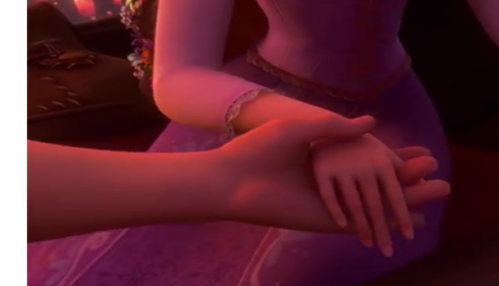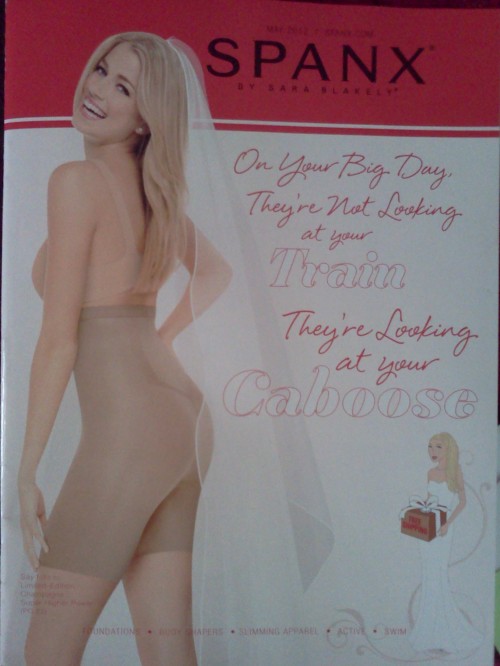SocImages Updates:
The University of Cinncinati’s J.A. Carter has put together a fabulous resource: a Course Guide for Sociology of Sport classes.
Gwen has put together a new Pinterest page. This is our 16th and it covers various attempts by marketers to Masculinize Femininized Products in order to sell them to men.
An article tracing the history and philosophy of SocImages is now in pre-publication. Feel free to email socimages@thesocietypages.org for a copy if you’d like one.
In the News:
Peggy Orenstein, author of Cinderella Ate My Daughter and other books, offered a blush-inducing review of SocImages at her website.
Peg Streep discussed Lisa’s research on hook up culture in Psychology Today: Finding Anastasia Steele and Looking for Christian Grey.
Matt Cornell’s fantastic post on his “man-boobs” was featured, in French, at Rue89.
Our fabulous four-part series on LEGO’s history of marketing (and not marketing) to girls, by David Pickett, was featured at Boing Boing, Neatorama, and HuffPo Parents.
Finally, this month we enjoyed being linked from sites the likes of Cracked, Kotaku, Utne Reader, TVTropes, Good, Gamasutra, AdWeek, and Business Insider.
Most Popular in May:
- Student’s Brain Flatlines During Class
- The Story of My Man-Boobs
- The Difference Between “i.e.” and “e.g.”
- Holes in the Social Fabric: An Artist Quilts the Foreclosure Crisis
- Depp’s “Tonto” Costume Based on a Non-Native’s Wild Imagination
- “Nude,” Racial Marginalization and the Wedding Industry
- Support for Gay Marriage Rising in Every Demographic
- Equal Opportunity for Idealized Employees
- The “Motherhood Penalty”
- The U.S. #1 in Health Costs
- Framing North Carolina’s Amendment One
- Historical Perspective on the LEGO Gender Gap
Social Media ‘n’ Stuff:
Finally, this is your monthly reminder that SocImages is on Twitter, Facebook, Google+, and Pinterest. Lisa is on Facebook and most of the team is on Twitter: @lisadwade, @gwensharpnv, @familyunequal, @carolineheldman, @jaylivingston, and @wendyphd.


